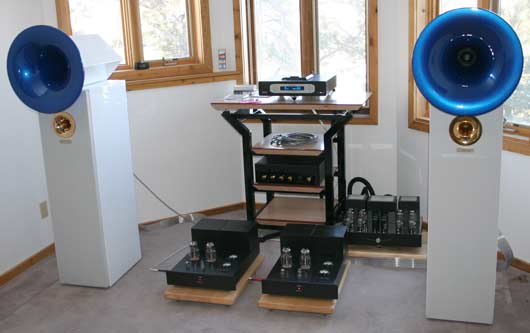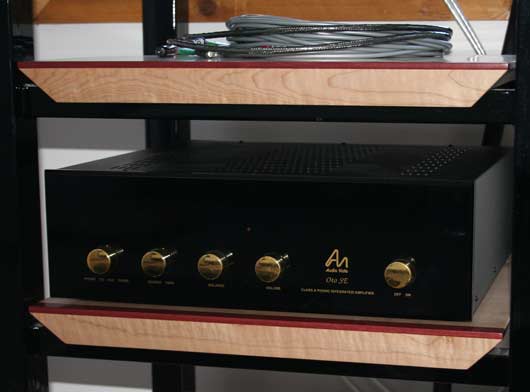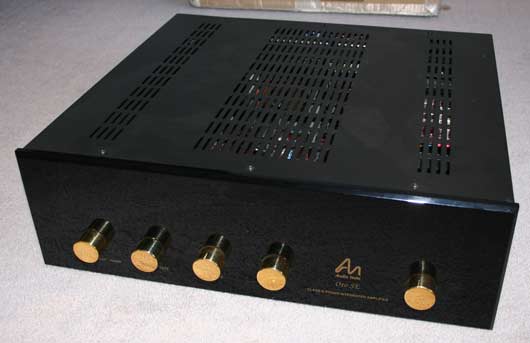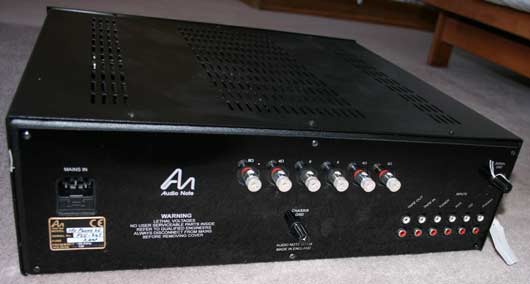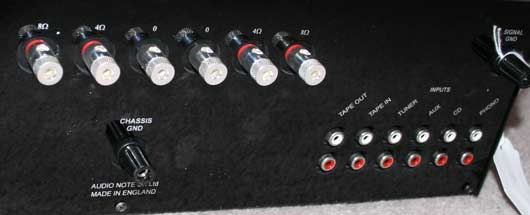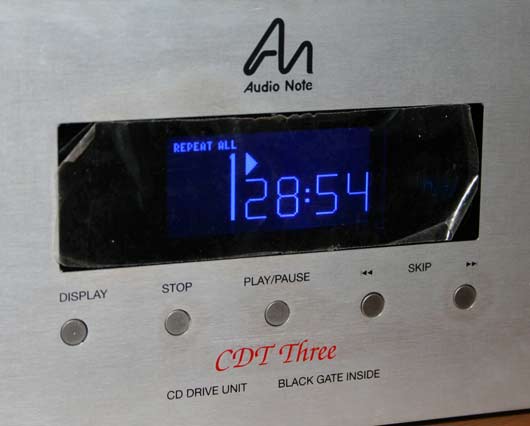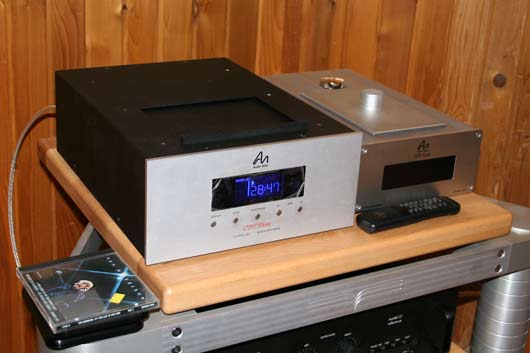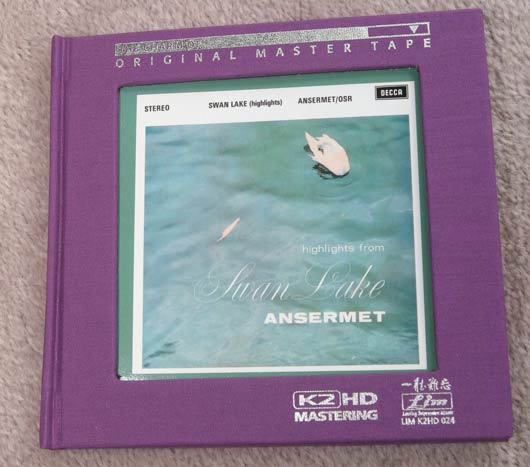This CES 2006 room review was added after the report had been published and so is available here as well.
The Kharma mini-Exquisites – like the Kharma 3.2 but with a diamond tweeter and made to look a lot like its bigger brother, the midi-Exquisites. Driven by the small Kharma amps and MBL electronics with Kubala-Sosna cables.
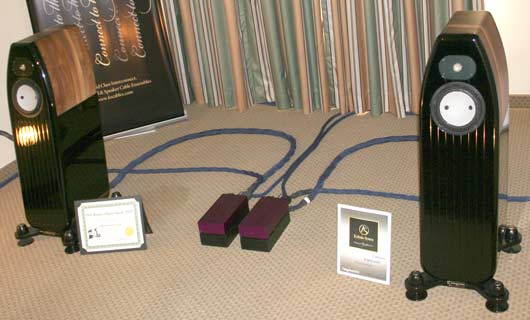
The Kharma Mini Exquisite room at CES 2006
Very engaging, very musical in that classic, ‘what we want music to sound like this’ fashion. Not so much a ‘you are there’ presentation like the Marten Coltrane Supremes – more like a ‘you are alive and feel good about it’ kind of thing. I really loved the sound in this room – for a small scale system it really does ‘it’ for me.
We described the sound of the Midi Exquisites driven by Lamm amplification at the Home Entertainment New York show in May, HE2005, as being almost drug-like, like a magnetic force it tried to suck you into the music, and, if you let it do this, if you gave in to it, there was a rush of feeling and emotion that swept one away, flying with the music.
The ASR amps on the Midi Exquisites, at this show, did not have the same effect, on me anyway, for whatever reason, but the Mini Exquisites…now they had an interesting effect, though somewhat different, from my perspective. Instead of having to consciously ‘let it’ do its magic, the magic just ‘was’. And whereas the ‘magic’ was thick and dense, like a hot summer night with the Midi Exquisites / Lamm system, the Mini Exquisites were light and airy, like a sunny Spring day.
The Mini’s magic was less intense, but more accessible. Perhaps this was in some part attributable to the better support the Mini had for an audiophile-quality presentation compared to the Midi system – I was able to relax more because the Mini presentation was more balanced and more realistic – albeit at a smaller scale.
Lots of detail, stable imaging, good separation, a rather narrow soundstage which we blamed on the room, good dynamics, and bass was scaled nicely to the room. Based on our two, admittedly short auditions, we think these are a slam-dunk, you are going to be so happy, upgrade for people who have the similarly sized Kharma 3.2’s and have had the money for the bigger Kharmas, but not the room.
In fact, I have a sneaky suspicion that the little 2-way 3.2s may have been the best speaker, for my tastes, of any in the amazing Kharma lineup of much more expensive speakers – and that now I have found a new ‘best’ speaker, the Mini, also a 2-way, with more of the Kharma magic and more of the audiophile attributes that make the music both more realistic and enjoyable.
The associated equipment is interesting: warm, smooth, and somewhat detailed MBL into a small (sized anyway) detailed solid state amp. The system was quite detailed sounding and engaging. It would be interesting to put these speakers on something more conventional, like Lamm amps and Meitner digital. THEN, with this cross-section of equipment, we could perhaps pinpoint the location in paradise these speakers come from – or whether, after all, they are from planet earth like most other speakers.
Oops, being a little overly effusive, I am. Time to turn Effusive menu option to OFF.
Only problem is the price: $45K. At this price it is going up against the similarly-priced Wilson Maxx II, Acapella Violon, Marten Coltrane, Avalon Eidolon, and Audio Note speakers.
Let’s discuss the competition some.
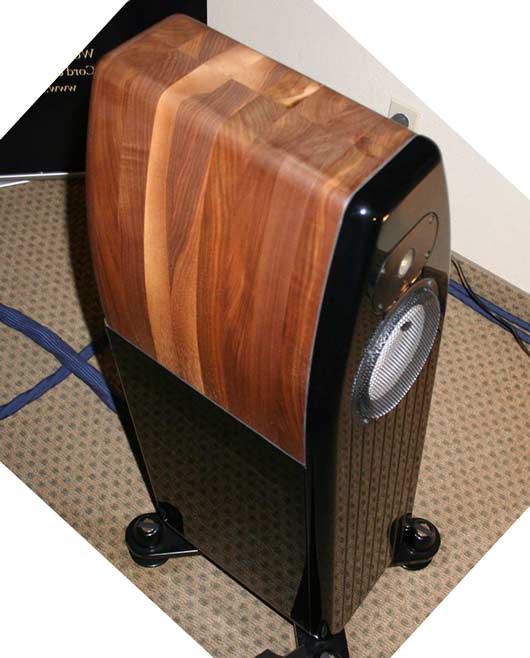
The Mini Exquisites are for small to medium sized spaces for people who want engaging and startlingly emotional and detailed renditions at the expense of having less detail in the low bass.
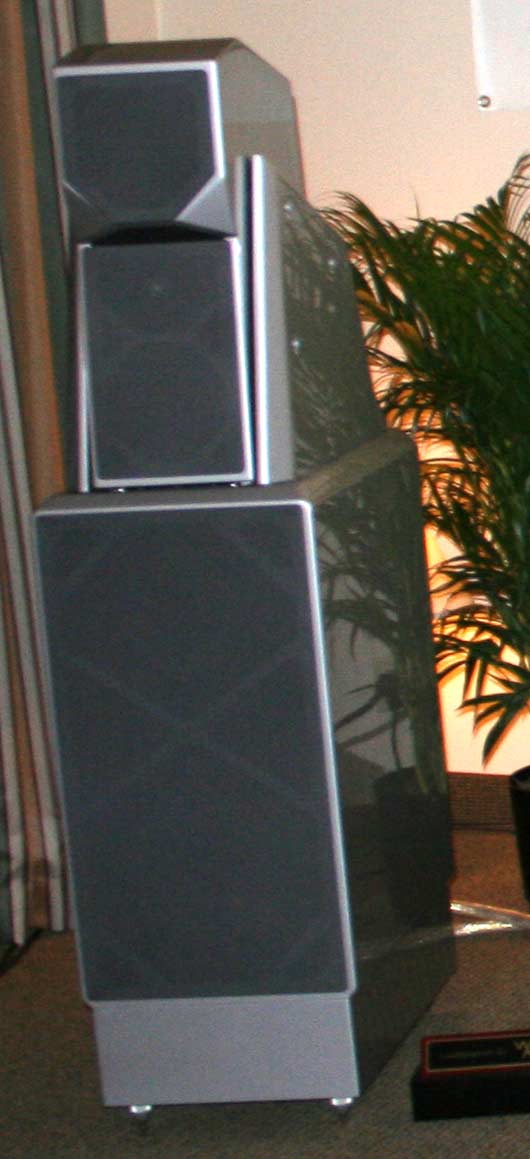
The Wilson Maxx 2 is for larger spaces, and for people who want an impressive sound: large scale soundstages, midrange and bass details, and dynamics at the expense of an almost complete lack of emotional capability and some unruly behaviors like drivability and an overly enthusiastic treble / upper midrange.
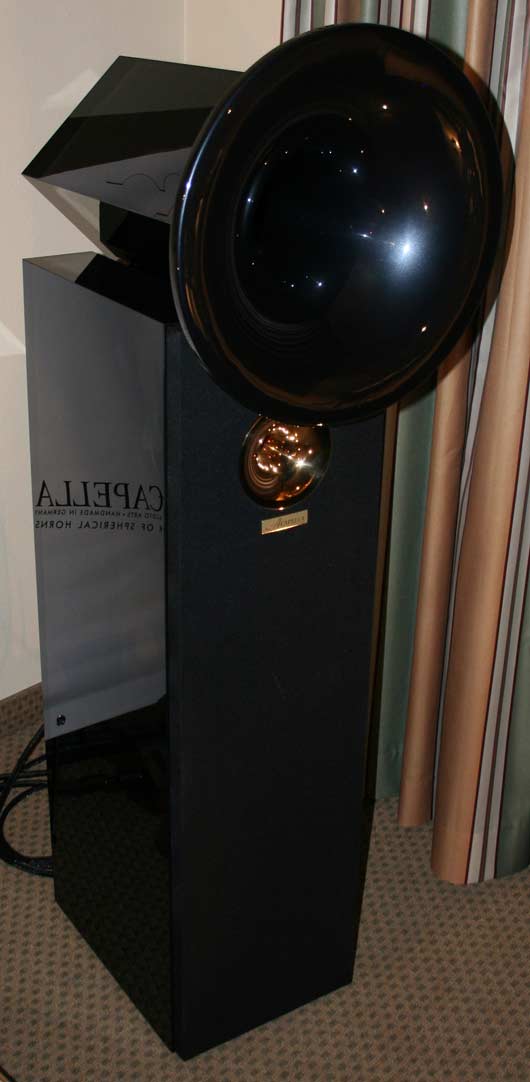
The Acapella* Violon is also for larger spaces and for people who like a very natural musical realism and large engrossing soundstages at the expense of some bottom end slam.

The Marten Design* Coltrane speakers are for people who like a very accurate and realistic presentation, at the expense of not having a big and open type of sound.
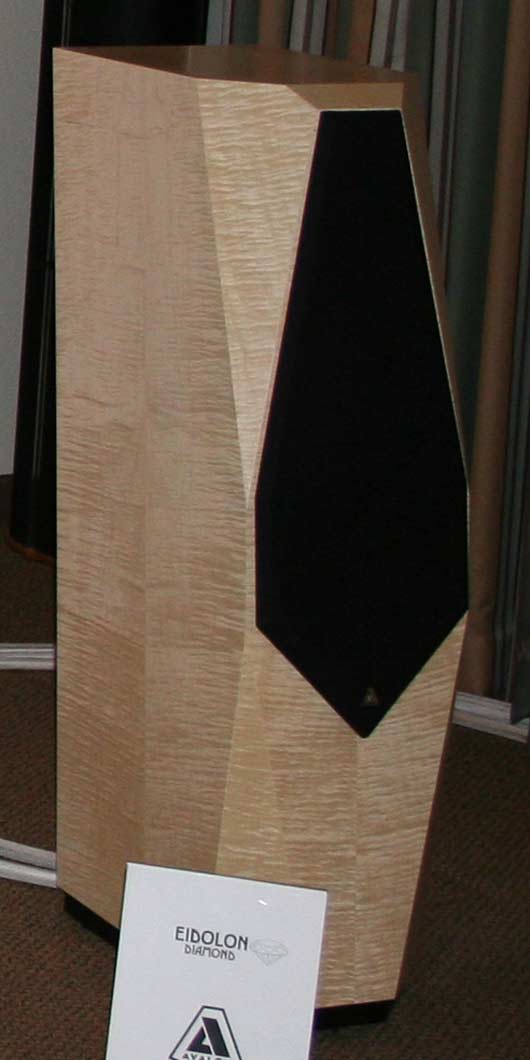
The Avalon Eidolon Diamond is also for bigger spaces and people who like emotional yet dynamic presentations at the expensive of deep bass control and drivability
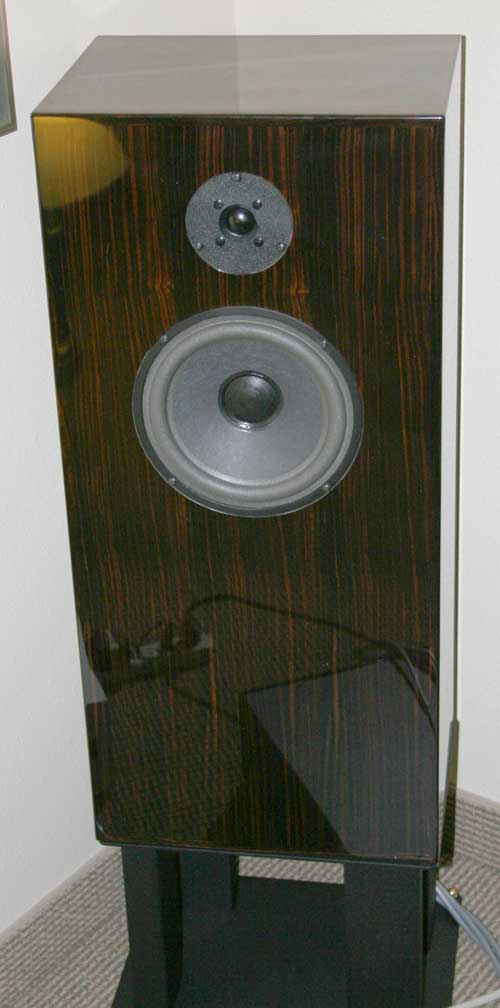
The Audio Note* U.K. AN-E SEC Signature is for smaller spaces, like the Mini, and for people who want very dynamic and exciting and harmonically rich and detailed presentations, supplied by the necessary Audio Note electronics upstream, at the expense of looking at a box.
Looking at this run down – it seems that there is indeed a place for a $45K 2-way speaker, as much as this price for a relatively small speaker may make us uncomfortable. And that place is for people with relatively small rooms who still want one of the best, no compromise, musical experiences that money can buy.
The only alternative, from the perspective of this quick survey, is the Audio Note speaker, (though the Coltrane speakers are known to work very well providing a full-range experience in as small a room as 12.5 x 16 feet) and it is also an expensive 2-way speaker – albeit one that can be driven by that amazingly pure first watt of a small SET amplifier – and it does not quite have the visual presence and beauty of the Mini, but then few speakers do.
